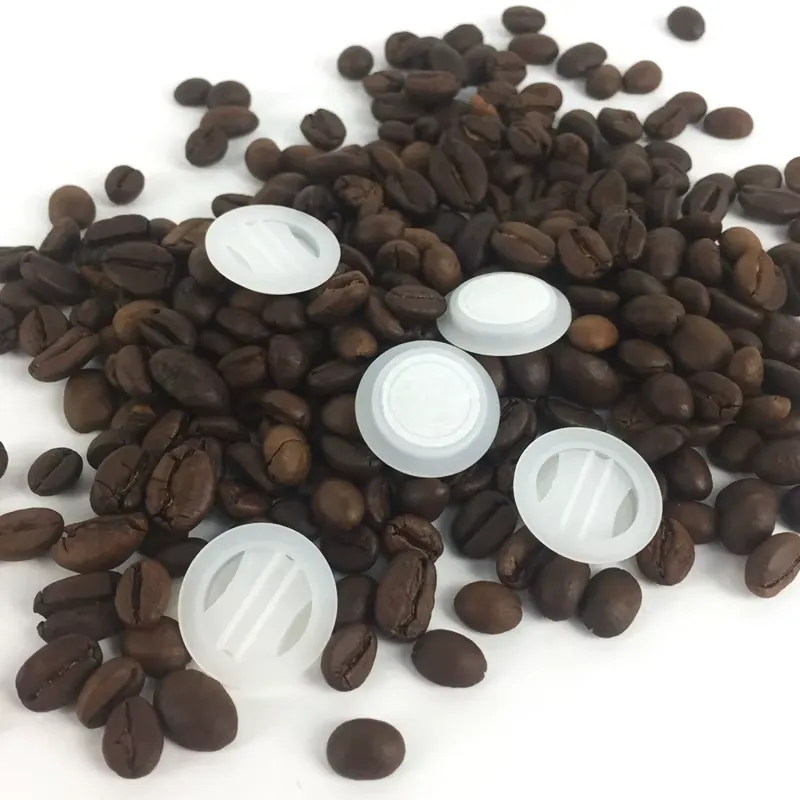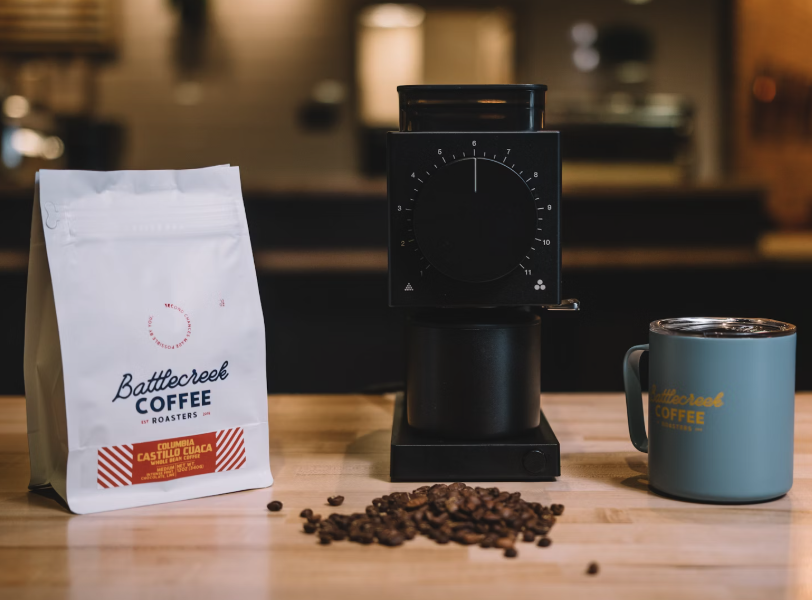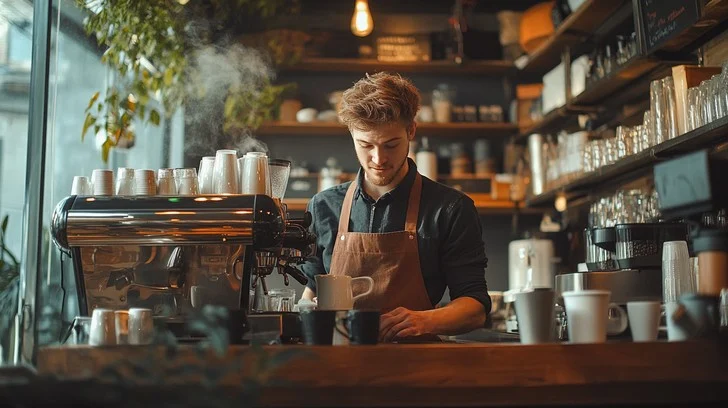In the specialty coffee industry, freshness is non-negotiable. Yet maintaining it — from roast to shelf — is anything but straightforward. Among the many tools roasters use to preserve flavor, the degassing valve has long stood as standard. But as roasting styles diversify and more businesses embrace sustainable packaging, the question is resurfacing: Are these valves truly essential, or are we clinging to a default we no longer need?
When freshness fights itself
Anyone who’s roasted coffee knows that freshness is a paradox. Immediately after roasting, beans begin to release carbon dioxide in significant amounts — a process known as degassing. This is a natural phase, especially noticeable in darker roasts or beans with more fractured cell walls due to longer roast development. Left unmanaged, this internal pressure can cause sealed bags to inflate, distort, or even burst.
But allowing too much gas to escape, particularly in oxygen-rich environments, opens the door to oxidation — the nemesis of coffee aroma and flavor stability. So, while degassing is inevitable, how we manage it can determine whether a coffee arrives at the customer tasting fresh or flat.
Degassing valves — one-way vents that release excess CO₂ without letting oxygen in — were introduced as an elegant solution to this balancing act. They allow roasters to pack and seal beans immediately after roasting while avoiding internal pressure buildup. For many, this functionality still feels indispensable.
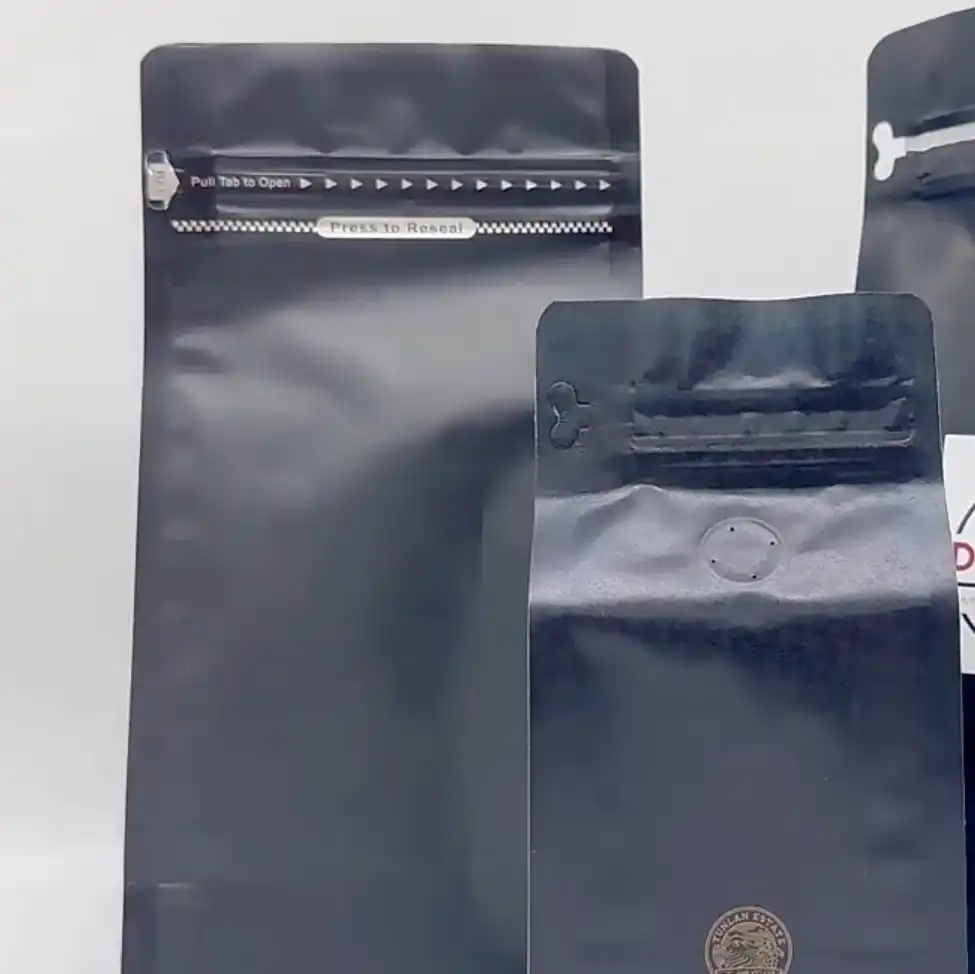
Not all beans behave the same
Still, even timing isn’t the whole story. The nature of the beans themselves also plays a part in how critical a degassing valve becomes.
Lighter roasts, often associated with higher-density beans and more intact cell structures, tend to release CO₂ more gradually. This gives roasters more flexibility in their packaging timeline. In contrast, darker roasts or naturally processed beans — which are more porous and volatile — expel gases quickly and in greater volumes. The same goes for coffees roasted for espresso, where solubility and roast depth are prioritized, leading to more aggressive post-roast activity.
If your menu includes both lightly roasted single origins and deep-roasted blends, it may not be a one-size-fits-all situation. You may find that some SKUs require valves, while others don’t — even within the same fulfillment model.
The point is: valve use should align with both your operational rhythms and the physical behavior of the coffee itself.
Valves and business models: It’s not just science, it’s timing
For many roasters, the decision to use degassing valves coffee bags aren’t just about freshness — it’s about timing. Not the kind measured in hours after roasting, but timing in the broader sense: where your business is in its growth arc, how long your inventory sits before reaching consumers, and how you’re managing shelf turnover.
In a busy café that roasts in-house and brews fresh daily, coffee moves fast — often within days. In this model, oxygen exposure is minimal, and the coffee is consumed well within its peak flavor window. A degassing valve might feel redundant, even unnecessary. What matters more is agile packaging and efficient stock rotation.
But when a roaster starts shifting toward wholesale accounts, private label collaborations, or e-commerce fulfillment, the equation changes. Coffee may now travel across regions, sit in warehouse racks, or wait on retail shelves for weeks. In these scenarios, your packaging becomes your final line of defense. And valves — invisible as they may be — become critical to preserving your product’s reputation.
It’s not just about technical specs anymore. It’s about trust. A customer who opens a bag and finds stale, oxidized coffee isn’t just disappointed — they may not come back. Degassing valves give you the buffer that growth demands: more time without compromising quality.
And then there’s the bigger question: are you building for scale? If so, it may be wiser to adopt packaging standards now that won’t need to be retooled later. Investing in valve-equipped bags from the start can prevent future headaches — both in logistics and brand consistency.
In short, degassing valves aren’t a one-size-fits-all solution. But they are a strategic tool. And knowing when they become necessary — not just from a technical but from a business timing perspective — can make all the difference between staying small or scaling smoothly.

Sustainable Alternatives: Rethinking the Coffee Bag Valve
For roasters who decide that valves are necessary, sustainability doesn’t have to be sacrificed. The industry has made significant strides toward eco-friendly degassing solutions, with bio-based, recyclable, or compostable valve options now widely available.
For example, if your bags are made from PLA-laminated compostable film, matching PLA valves are a natural fit. If you’re using recyclable mono-material pouches (like mono-PE), compatible recyclable valves ensure that the overall structure remains reclaimable through standard waste streams.
In the past, roasters who wanted to eliminate plastic often had to choose between function and sustainability. That trade-off is disappearing. What’s emerging instead is a space where technical needs and environmental values can meet — with no compromise on either side.
Want to dive deeper into how your roast profile and logistics model influence packaging design?
Our guide on choosing the right coffee bag for your roast style breaks down how different packaging types — from stand-up pouches to flat-bottom bags — impact shelf life, flavor retention, and customer experience.
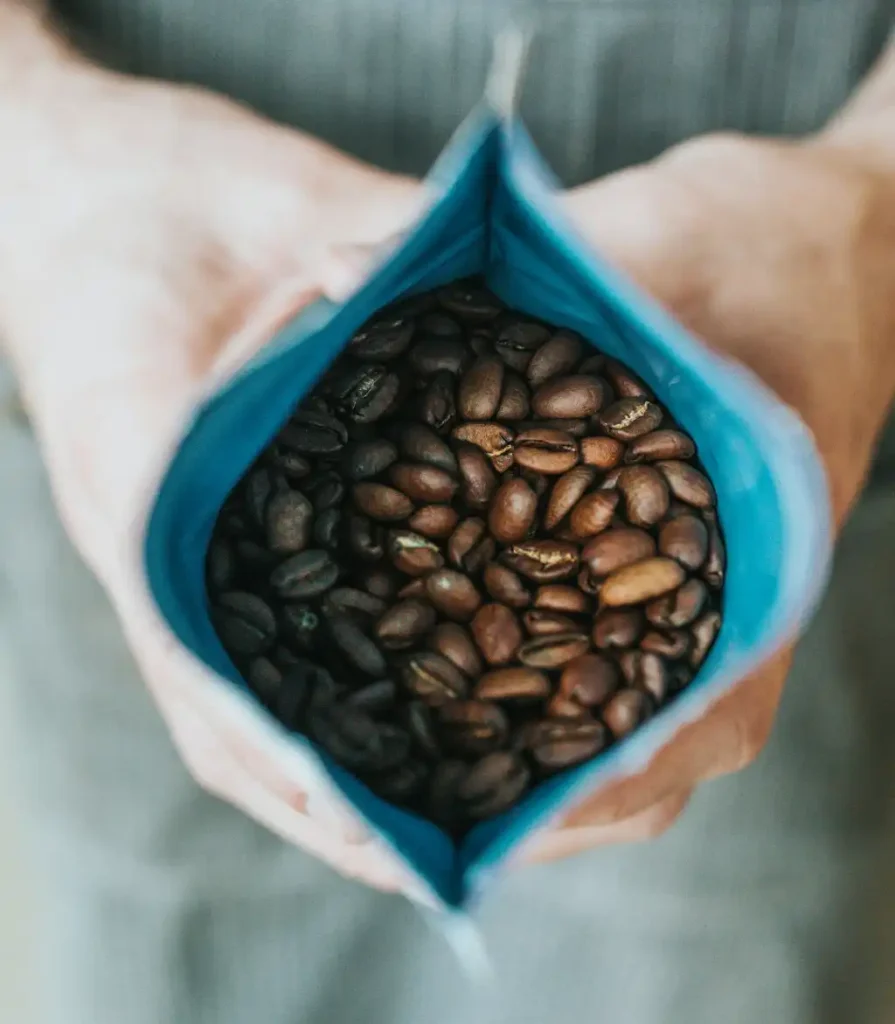
Packaging is strategy, not just material
Whether or not you need degassing valves aren’t a binary decision. It’s a strategic reflection of how you roast, how you move product, and what kind of customer experience you want to create.
Some roasters skip valves because they’ve built an entire workflow — from roast schedule to local delivery — that makes it viable. Others rely on them to ensure consistency across longer distances and higher volumes. Neither approach is more “correct.” What matters is alignment between your coffee’s behavior, your business model, and your brand values.
So instead of asking, “Do I need a valve?”, perhaps the better question is:
“Does my packaging system reflect the way my coffee lives, moves, and evolves — from roast to cup?”
That’s the clarity every roaster deserves.
Whether or not roasters choose to include a degassing valve, partnering with a knowledgeable packaging supplier like FernPack ensures your coffee’s aroma, freshness, and quality are preserved from roast to cup.
At FernPack, we offer fully recyclable, BPA-free degassing valves compatible with our compostable and recyclable coffee bags. Each valve is made up of five precision components—including a paper filter, elastic disc, and polyethylene plate—designed to let CO₂ escape while preventing oxygen from entering.
Beyond valves, we also provide a full range of closure features, including ziplocks, tin ties, velcro zippers, and easy-tear notches, all designed to enhance product usability and extend shelf life.
Velcro zippers give an audible “click” for secure closure, building customer trust with every reseal. Tin ties help maintain the upright structure of flat-bottom pouches, ideal for retail shelves. And tear notches reassure customers your coffee bags are tamper-evident and easy to open.
With FernPack, your packaging is more than just protection — it’s a brand experience built on performance, sustainability, and trust.


